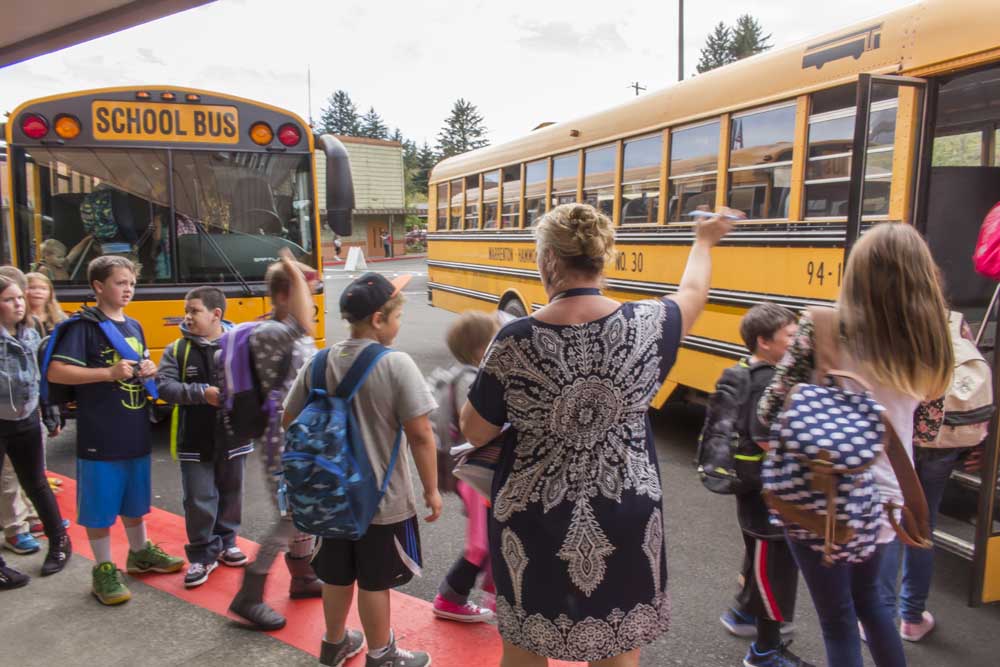Astoria leaders train with Ford Foundation in New York
Published 5:00 pm Monday, June 16, 2008
Four Astoria leaders are in the midst of an immersion course this week in New York City for representatives of four pilot communities selected by the Ford Foundation to participate in an experimental program.
Along with Boston, Los Angeles and St. Paul, Minn., Astoria will be the first to try out a software program developed to create a Human Development Overlay District that puts the needs and desires of community residents at the center of plans for change and development.
Attending the project kickoff meeting today are Paul Benoit, Astoria’s city manager; Brett Estes, Astoria’s community development director; Lucien Swerdloff, who teaches computer design at Clatsop Community College; and John Berdes, chief executive officer of ShoreBank Enterprise Cascadia. Benoit credits Berdes with bringing Ford Foundation program officer Miguel Garcia to Astoria last November.
The meeting’s venue is the Environmental Simulation Center, a nonprofit Manhattan research laboratory that received a large grant from the Ford Foundation to develop the software program the pilot communities will use. The ESC was charged with developing “an innovative approach applying information technology to neighborhoods undergoing rapid change.”
Heading up the software development team is Michael Kwartler, an architect, planner and urban designer who founded the ESC and serves as its director. Kwartler demonstrated the HDOD software to the Astoria City Council when he visited with Garcia in November.
Each city team will give a presentation today that will describe their community and the concepts they included in their successful applications, Estes said, so that all participants will understand what the others hope to accomplish. They will also share their visions and talk about their ideas with representatives from the Ford Foundation and ESC.
On Wednesday, meeting participants will break into small groups to learn technical details. A technical advisory committee will guide the city teams as they identify which issues to approach first, and help them fill out the framework of the work plans each brought with them to New York.
Estes said each member of Astoria’s team brings expertise. Berdes is especially knowledgeable about small business development and forming partnerships with nonprofit organizations. Swerdloff is skilled with computers and knows 3-D modeling, a component of the HDOD program, and will also help develop a partnership between the city and the college. Estes said he and Benoit are experienced in project management.
But the trip to New York is about much more than learning the nuts and bolts of the HDOD software program. Estes said the meetings and discussions will help participants put their projects into a larger context that places a high value on building assets and promoting a vibrant and healthy community. He said family stability, adequate nutrition, fitness and recreational opportunities and community partnerships are issues the Ford Foundation considers to be of utmost importance.
The last meeting ends Thursday evening, and the teams head for home Friday. Cost of sending Astoria’s four-person team to New York is included in the $125,000 Ford Foundation grant the city will receive annually for three years.





